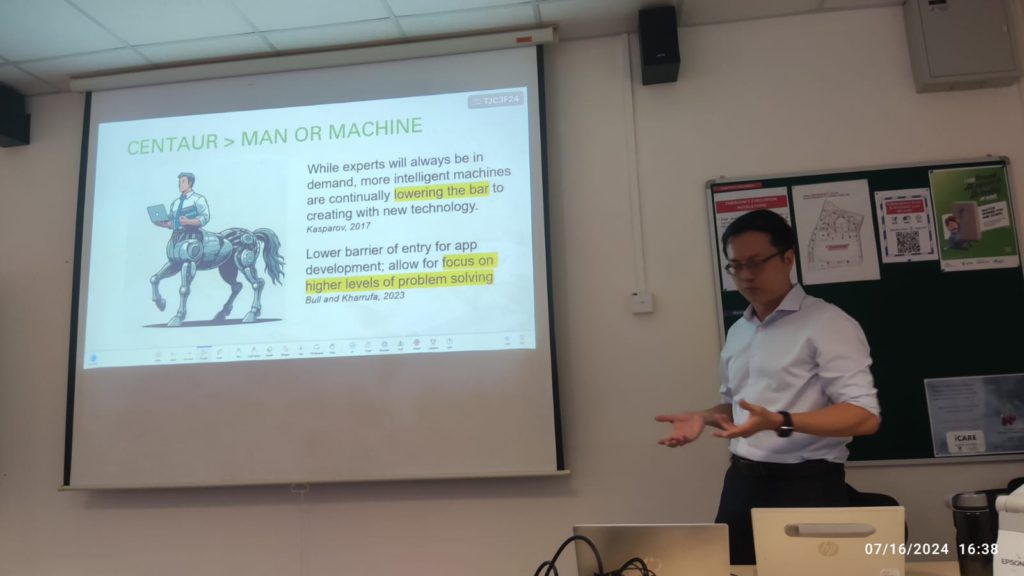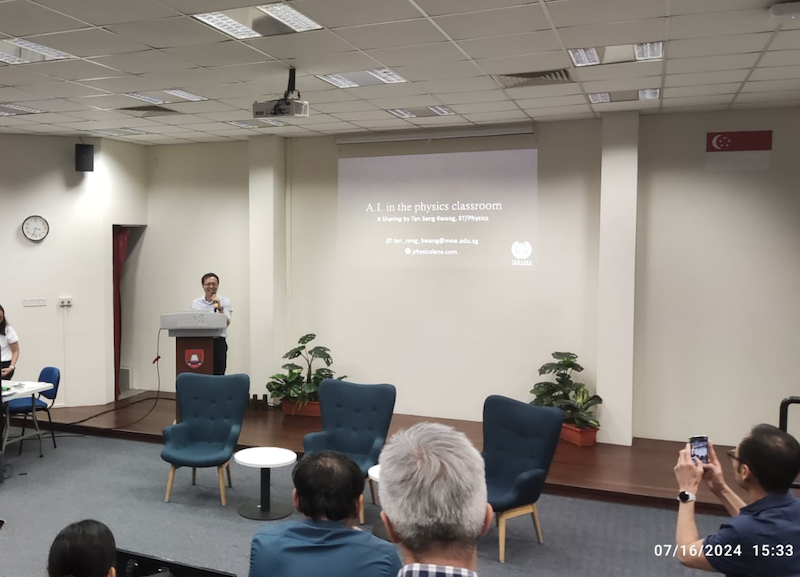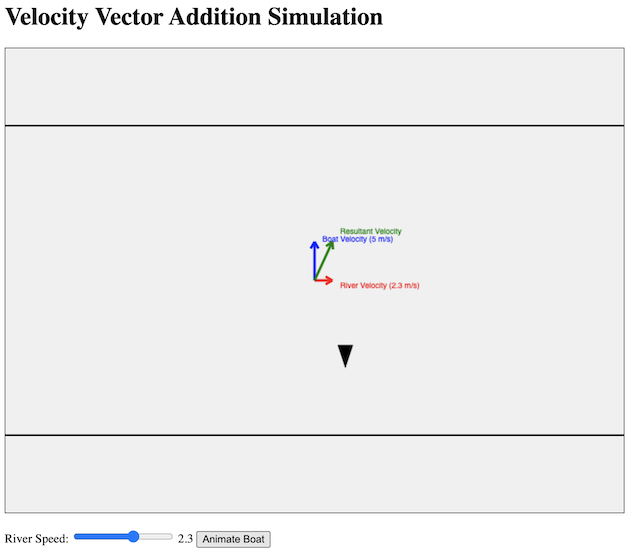With a set of questions on the equations of rectilinear motion as an example, the following quiz was generated using javascript by ChatGPT. This type of quiz is not linked to a database unless such integration is done, so the scores are not stored. However, they make for good self-assessment for students at the end of each topic.
The quizzes are easily generated using a set of prompts that are shown below, and hosted on any static page such as github pages or uploaded as a zip file into the Student Learning Space.
The URL for this sample quiz is at https://physicstjc.github.io/sls/kinematics-quiz. In fact, this quiz can be used as a template for quantitative quizzes for other topics as well. All the user has to do is to edit the five fields in each question: the question, correct answer, unit, equation and explanation within the index.html file (right-click to save and edit with plain text editor).
The format of the questions is written in this way:
const problems = [
{
question: "A car starts from rest and accelerates uniformly at 2.0 m/s² for 10 seconds. What is the final velocity of the car?",
correctAnswer: 20,
unit: "m/s",
equation: "v = u + at",
explanation: "Using v = u + at, where u = 0 (starts from rest), a = 2.0 m/s², and t = 10 s, we get v = 0 + 2.0*10 = 20 m/s."
},
{
question: "A car traveling at 15 m/s accelerates uniformly at 3.0 m/s² for 5.0 seconds. What is the final velocity of the car?",
correctAnswer: 30,
unit: "m/s",
equation: "v = u + at",
explanation: "Using v = u + at, where u = 15 m/s, a = 3.0 m/s², and t = 5.0 s, we get v = 15 + 3.0*5.0 = 30 m/s."
}]
The initial prompts given to ChatGPT were:
- Create a javascript app to explain problems involving equations of motion, v = u + at, v^2 = u^2 + 2as, s = (u + v)*t /2 and s = ut + 0.5 at^2.
- Give a word problem based on any one of these equations.
- Use an input box for the user to key in their answer.
- Indicate the required unit next to the input box.
- If the answer is wrong, explain to the user why it is wrong.
- If the user is correct, add 1 to the score and proceed to another problem.
- Indicate the scores over the total number of questions attempted.
The follow-up or refinement prompts were:
- Add 10 different problems to the list.
- Use “Previous” and “Next” buttons to navigate.
- When the user returns to a question that was attempted previously, he should not be able to attempt that question again.
- Add some css styling to make it appealing.
- Randomise the appearance of the questions and do not repeat questions.
- Represent the values in 2 significant figures.
The workflow for converting the generated codes to a web app can be found here.
Like this:
Like Loading...


